Decoding the Mysteries of White Fuzzy Caterpillars
Ever stumbled upon a caterpillar resembling a tiny, crawling cloud? These intriguing creatures, technically larvae, play a crucial role in our ecosystem. This guide will help you identify different types of white fuzzy caterpillars, discuss potential threats they pose, and offer tips for maintaining a caterpillar-friendly garden.
Identifying These Fluffy Friends
Identifying a specific white fuzzy caterpillar can be challenging. The key is close observation. Note the shade of white (pure, off-white, creamy), fuzz distribution (uniform, tufted, clumped), and any markings (spots, stripes). Remember, not all white caterpillars are fuzzy; some have a smooth, waxy appearance. Subtle differences can pinpoint the species. For instance, the hickory tussock moth caterpillar has distinctive black tufts, making it relatively easy to identify.
The Role They Play: Nature’s Tiny Workers
These larvae are vital to the food chain. As herbivores, they nourish birds, insects, and small animals. Their feeding also contributes to nutrient cycling, enriching the soil like miniature composters.
Garden Guests: Balancing Act
White fuzzy caterpillars aren’t always harmful. Some attract beneficial predators. However, large populations can damage plants. Management options include hand-picking (with gloves, especially for potentially stinging varieties), Bacillus thuringiensis (Bt), a natural bacterium targeting caterpillars, and encouraging natural predators. Before taking action, identify the caterpillar. Some are harmless or even beneficial, while others cause damage or skin irritation.
Superpowers and Survival: Masters of Disguise
Some white fuzzy caterpillars possess remarkable defense mechanisms. Camouflage helps them blend in, while mimicry allows them to resemble dangerous insects, deterring predators. These adaptations showcase their incredible diversity and resilience.
Unanswered Questions: The Future of Fuzzy Caterpillars
Ongoing research explores their biology, behavior, and the potential influence of climate change. Will warming temperatures expand their range, or will altered rainfall patterns disrupt their life cycles? These questions are crucial for understanding and protecting our ecosystems. Much remains to be learned, and ongoing studies continue to reveal new insights.
| Feature | Description |
|---|---|
| Appearance | Covered in fine, white setae (hairs), sometimes with markings or tufts of different colors. Some white caterpillars may not be fuzzy. |
| Diet | Primarily herbivorous, feeding on leaves. |
| Ecological Role | Food source for other animals, contributes to nutrient cycling. |
| Garden Impact | Can be pests in large numbers, but some species are harmless or even beneficial. |
| Defense Mechanisms | Camouflage, mimicry, and in some cases, irritating setae. |
Sycamore Moth Caterpillar: Poisonous or Irritant? Unveiling the Truth
Encountering a fuzzy, brightly colored caterpillar on a sycamore leaf might raise concerns about its danger. Let’s discuss the sycamore moth caterpillar and its potential toxicity.
Appearance and Habitat
These striking caterpillars have fuzzy yellow and orange hairs with black-edged white spots. They grow up to 40mm long and are often found munching on sycamore, maple, horse chestnut, and oak leaves throughout the UK and Europe (including Paris, France). Surprisingly, they are not poisonous.
Irritating Hairs, Not Venom
While not poisonous, the sycamore moth caterpillar’s hairs can irritate the skin, similar to fiberglass. This likely results from the hairs’ physical structure, not injected toxins. This defense mechanism deters predators. After their transformation, they emerge as the rather plain, brown sycamore moth (June-August).
Distinguishing from Dangerous Species
It’s crucial to differentiate the sycamore moth caterpillar from other fuzzy caterpillars, especially white ones. For instance, the hickory tussock moth caterpillar has venomous spines. Visual comparisons using reliable resources like the Woodland Trust or Wildlife Insight can help.
Handling and First Aid
Avoid direct contact. Wear gloves when gardening near host plants. If contact occurs, wash hands thoroughly. Rinsing the affected area with water and applying a cool compress can soothe irritation. For severe reactions, seek medical advice.
| Feature | Sycamore Moth Caterpillar |
|---|---|
| Poisonous | No |
| Irritating | Potentially |
| Common Food | Sycamore, Maple, Horse Chestnut, Oak leaves |
| Adult Form | Sycamore Moth |
While currently considered non-poisonous, research is ongoing. New information may emerge. The brightly colored christmas wrasse and the hardy abingdonii offer an interesting comparison in the animal kingdom.
Decoding the White Stuff on Caterpillars: A Comprehensive Guide
Noticing a mysterious white substance on a caterpillar is a common experience. Several fascinating possibilities exist.
Natural Coloration and Camouflage
One reason is simply natural coloring. Some caterpillars have white hairs, fuzz, or bristles for camouflage, blending in with their surroundings. If the caterpillar seems healthy and active, the white fuzz is likely its natural appearance.
Defense Mechanisms: Irritating Hairs and Spines
Sometimes, the white stuff isn’t part of the caterpillar itself but a defense mechanism. Certain caterpillars have white or light-colored hairs or spines that cause mild stings or irritation upon contact. While usually not serious for humans, it’s best to admire them from a distance.
Parasitoid Infections: A Darker Possibility
The white stuff could indicate a parasitic infection. Wasps or flies lay eggs on or inside the caterpillar. The hatching larvae feed on the caterpillar, forming white cocoons or pupae. If you observe this, the caterpillar may not survive.
Ongoing research investigates the complex relationships between caterpillars, parasites, and their environment, exploring their impact on caterpillar populations and the broader ecosystem.
| White Stuff Appearance | Likely Explanation |
|---|---|
| Fine, even coating of fuzz or hairs | Natural coloration/camouflage |
| Spiky, bristle-like hairs | Defensive spines/irritants |
| Small, oval, white cocoons or pupae attached to the caterpillar | Parasitoid wasp or fly infection |
These are the most likely explanations, but others might exist depending on the caterpillar species and its environment. Taking a picture and researching online can help identify the species. Avoid touching caterpillars directly.
UK Hairy Caterpillars: Identifying Poisonous and Irritating Species
Let’s delve into the world of hairy caterpillars in the UK. Are they harmless, or should we be cautious? The answer is both.
Harmless Fuzz and Clever Defenses
Most hairy caterpillars in the UK are harmless. However, some have evolved defense mechanisms. Some have urticating hairs—non-venomous bristles causing itching and rashes, much like fiberglass. Others have venomous spines connected to poison glands, causing stings, swelling, and occasionally systemic reactions.
Identifying UK Species
Accurate identification is crucial. Note color patterns, hair density, spines, and markings. Location, habitat, and time of year also offer clues. Reliable resources with images, like the Woodland Trust or Wildlife Insight, are valuable tools.
Examples of UK Caterpillars
The Oak Processionary Moth (Thaumetopoea processionea), though not native, is present in some areas and highly dangerous due to its irritating hairs. Avoid contact. The Vapourer Moth caterpillar (Orgyia antiqua) has hair tufts that can cause irritation. The Drinker Moth caterpillar (Euthrix potatoria) is generally harmless but can cause mild irritation.
Caterpillar Defenses and Safety
Caterpillars use camouflage, warning colors, and irritating/venomous hairs for defense. Avoid handling hairy caterpillars unless their identity and harmlessness are confirmed. Wear gloves when gardening and wash clothes that come into contact with caterpillars. Seek medical attention for severe reactions.
| Caterpillar Type | Hair Type | Potential Effects |
|---|---|---|
| Most hairy caterpillars | Ordinary hairs | Generally harmless |
| Some hairy caterpillars | Urticating hairs | Itching, rash, irritation |
| Few hairy caterpillars | Venomous spines | Stinging pain, swelling, possible systemic reaction |
| Oak Processionary Moth | Urticating hairs | Severe skin reactions, eye and respiratory problems |
| Vapourer Moth | Irritating hairs | Skin irritation |
Research on caterpillar hairs continues to evolve. Some experts believe certain hairs might even have medicinal properties. Climate change may also be impacting the distribution of UK caterpillar species. Citizen science initiatives play a crucial role in tracking these changes. Remember to admire these fascinating creatures from a safe distance.
- Discover Words That Start With Co: 15,000+ Found in This Deep Dive - April 4, 2025
- Ultimate Guide to Words Starting With GO: Comprehensive List - April 4, 2025
- Master words that start with o to describe someone: A complete guide - April 4, 2025
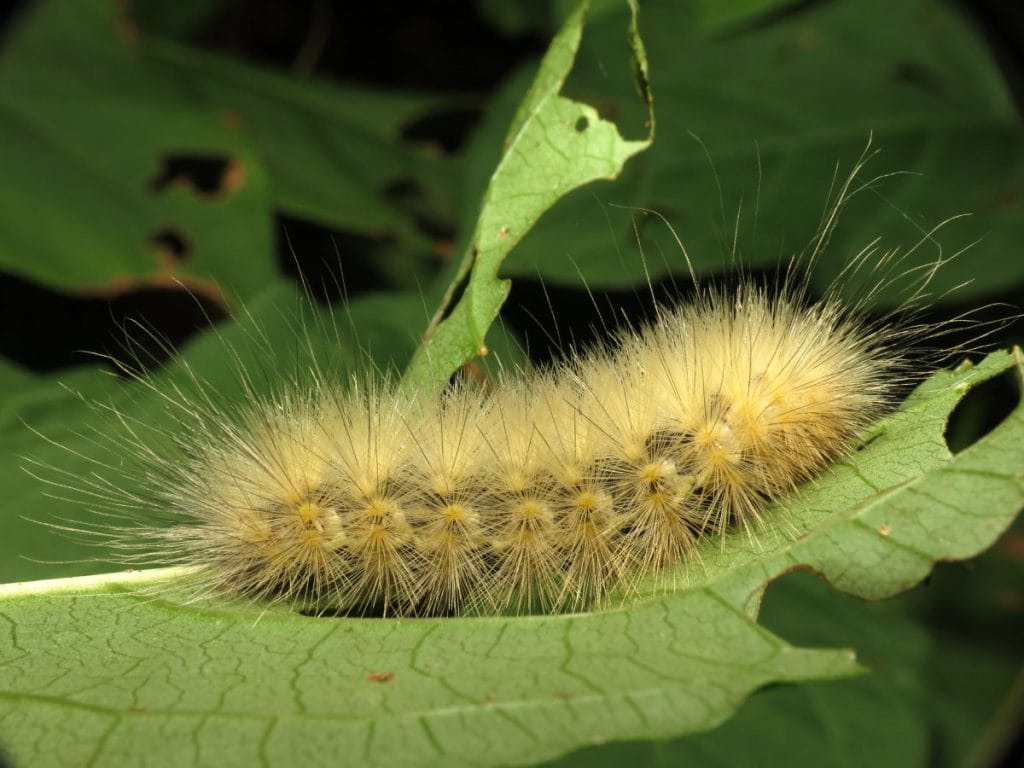

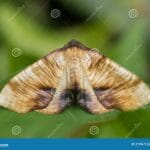

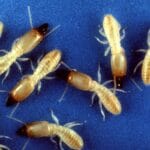
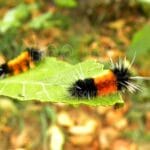
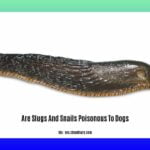










1 thought on “The Wonderful World of White Fuzzy Caterpillars: A Guide to Identification, Threats, and Garden Management”
Comments are closed.